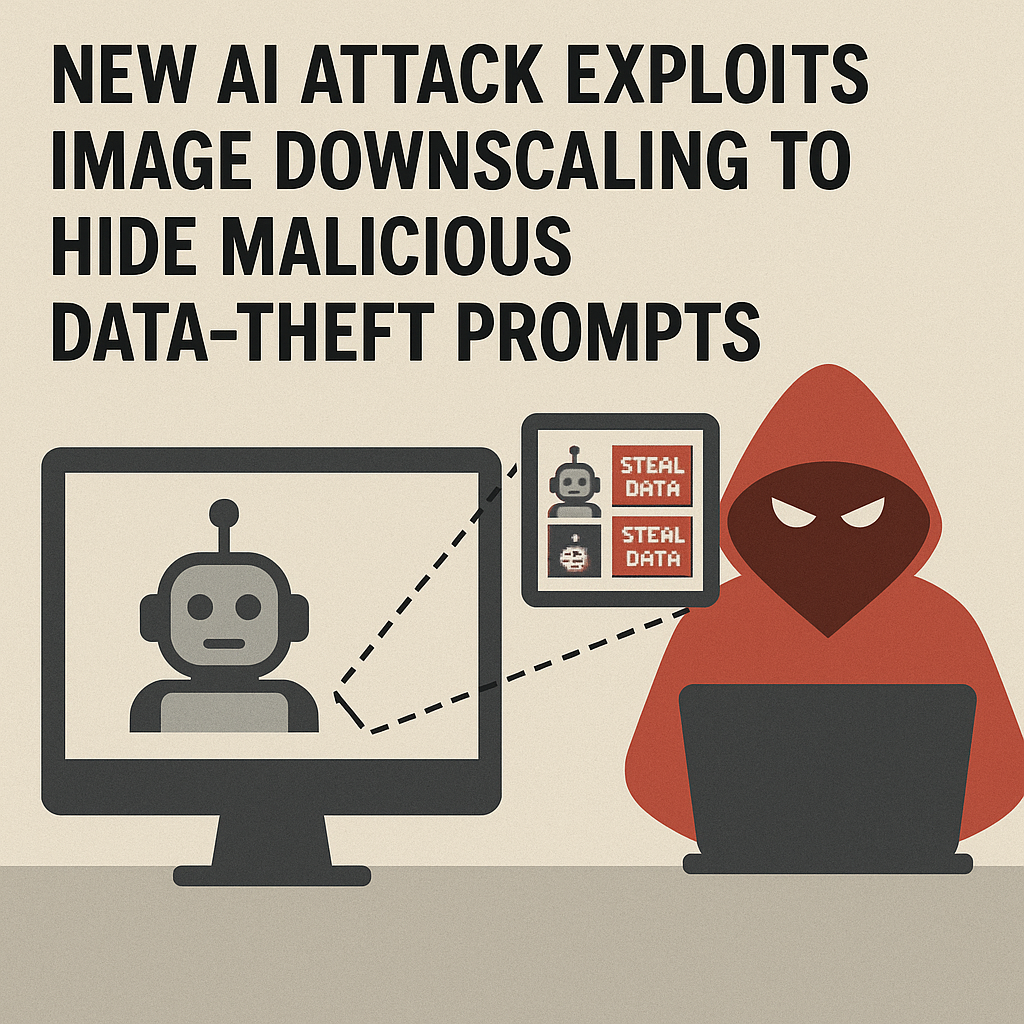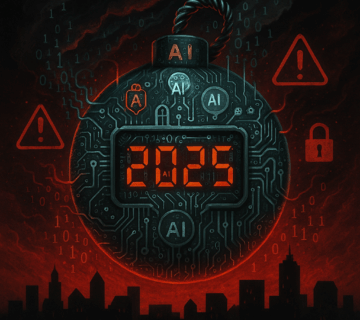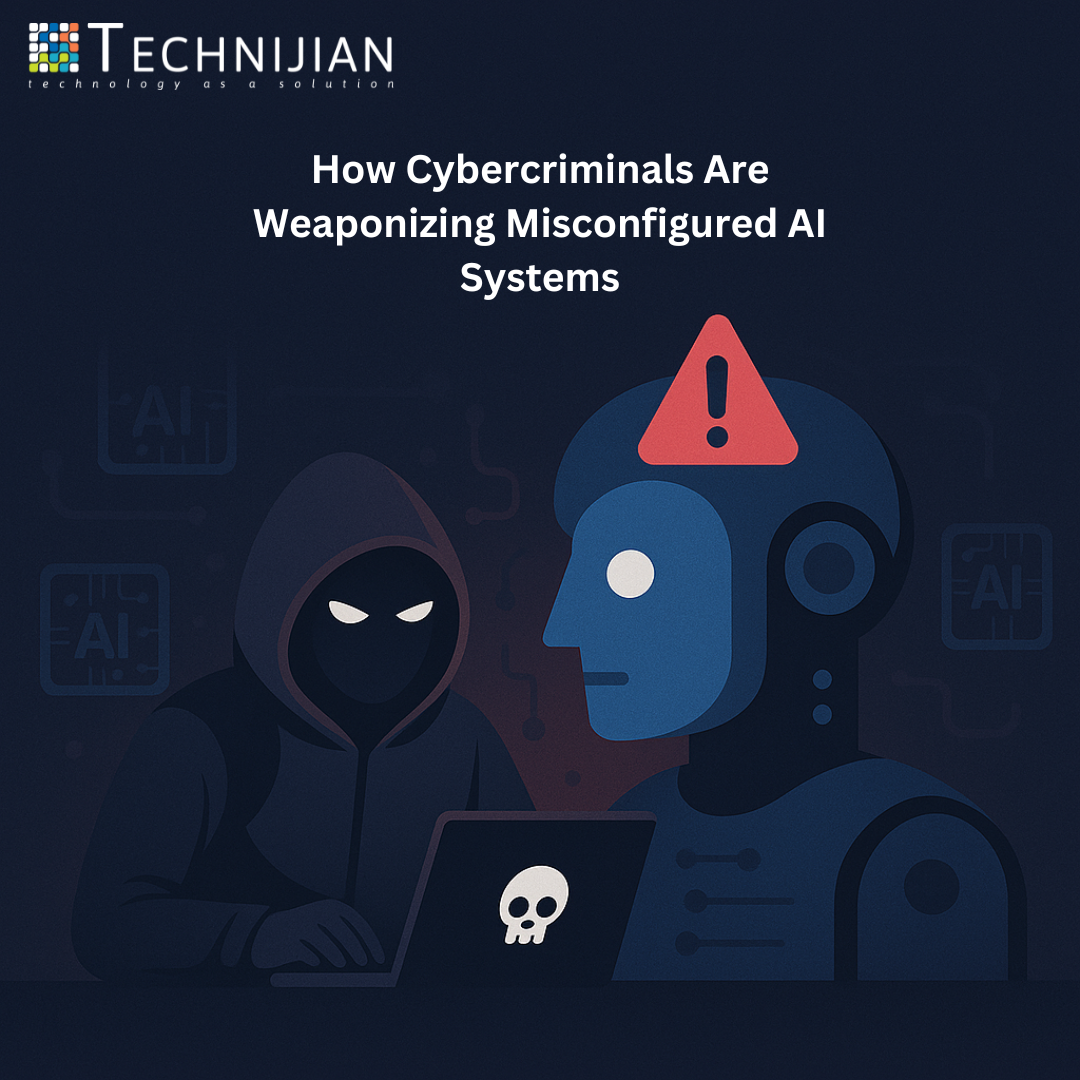
Securing Intelligence with Machine Learning Tools
Machine Learning Security focuses on protecting AI-driven systems from emerging threats like adversarial attacks, data poisoning, and model theft. As machine learning models are increasingly integrated into cybersecurity, finance, healthcare, and IoT, ensuring their integrity and reliability becomes vital. Security measures include robust training data validation, continuous model monitoring, and deploying anomaly detection algorithms. Protecting ML systems also involves safeguarding APIs and preventing unauthorized access to training sets and inference pipelines. By building resilient models and implementing proactive defenses, organizations can ensure that machine learning enhances security—rather than becoming a vulnerability—in the ever-evolving landscape of digital threats.


AI Data Breach Statistics 2025
